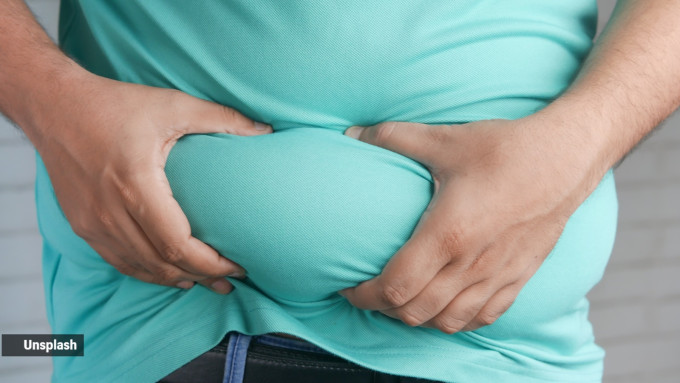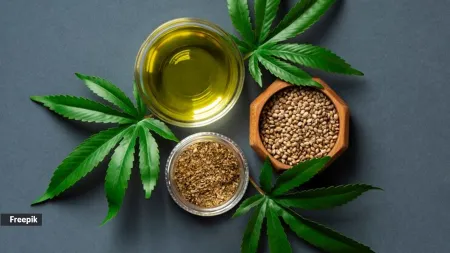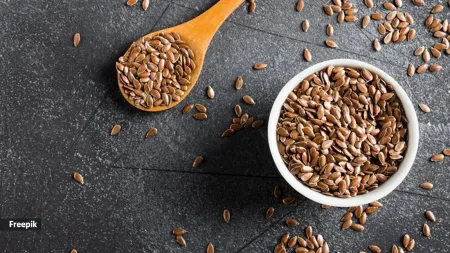Does 24-hour fasting between meals help stop inflammation, illness?
Consumption of a high-calorie diet is associated with a chronic metabolic inflammatory syndrome (metaflammation), which is believed to be the root cause of many non-communicable diseases, “including Parkinson’s and Alzheimer’s disease”, according to neurologist Dr Sudhir Kumar, Apollo Hospitals, Hyderabad.
Against this backdrop, researchers from Cambridge University recently conducted an interesting experiment, whereby they collected blood samples from volunteers who were made to consume a baseline meal of 500 Kcal, then fast for 24 hours, and then re-fed with 500 Kcal meals. The study noted that during fasting, levels of interleukin 1 beta were reduced and levels of arachidonic acid (AA) were elevated. In simple terms, these two biochemical changes are known to be responsible for reducing metabolic inflammation during the fasting state.

Dr Kumar concurred that fasting leads to suppression of metabolic inflammation, and is associated with a drop in serum proinflammatory cytokines such as interleukin 1-beta.
What happens during the fasting state?
Fasting for a day can have various effects on the body, such as affecting the way the body uses energy. Whether a person is fasting or not, the body still needs energy. “Its primary energy source is a sugar called glucose, which usually comes from carbohydrates, including grains, dairy products, fruits, certain vegetables, beans, and even sweets,” said Dr Ranga Santosh Kumar, consultant general physician and diabetologist, Yashoda Hospitals, Hyderabad.
When glucose in the blood sufficiently meets the energy demands of the body, the liver and muscles will store some of the extra glucose in the form of glycogen and release it into the bloodstream whenever the body needs it.
However, during fasting, this process changes. “The liver will use the last of its glycogen reserves around 18 to 24 hours. At this point, the body enters into a state called gluconeogenesis, marking the body’s transition into fasting mode,” said Dr Santosh Kumar.
With no carbohydrates coming in, the body creates its glucose using mainly fat. Eventually, the body runs out of these energy sources as well. According to Dr Santosh Kumar, fasting mode then becomes the more serious starvation mode. “At this point, a person’s metabolism slows down, and their body begins burning muscle tissue for energy,” he said.
 With no carbohydrates coming in, the body creates its own glucose using mainly fat (Source: Unsplash)
With no carbohydrates coming in, the body creates its own glucose using mainly fat (Source: Unsplash)
Although it is a well-known term in dieting culture, Dr Santosh Kumar explained that true starvation mode occurs only after several consecutive days or weeks without food. “So, for those breaking their fast after 24 hours, it is generally safe to go without eating for a day unless other health conditions are present,” said Dr Santosh Kumar.
Disclaimer: The copyright of this article belongs to the original author. Reposting this article is solely for the purpose of information dissemination and does not constitute any investment advice. If there is any infringement, please contact us immediately. We will make corrections or deletions as necessary. Thank you.





